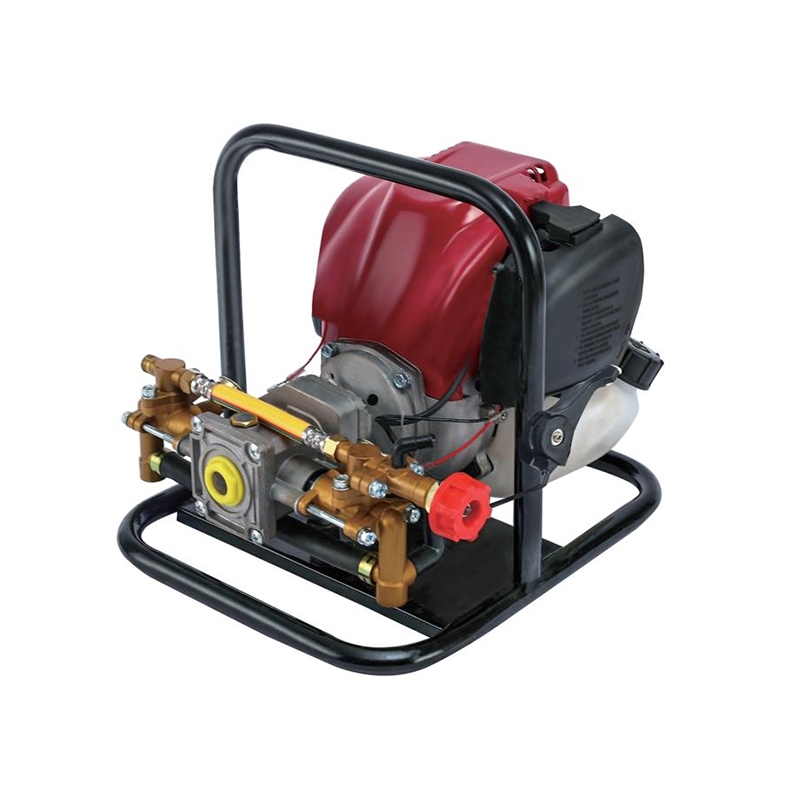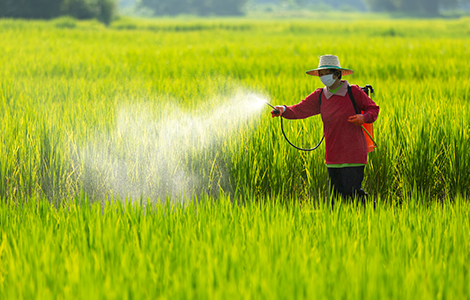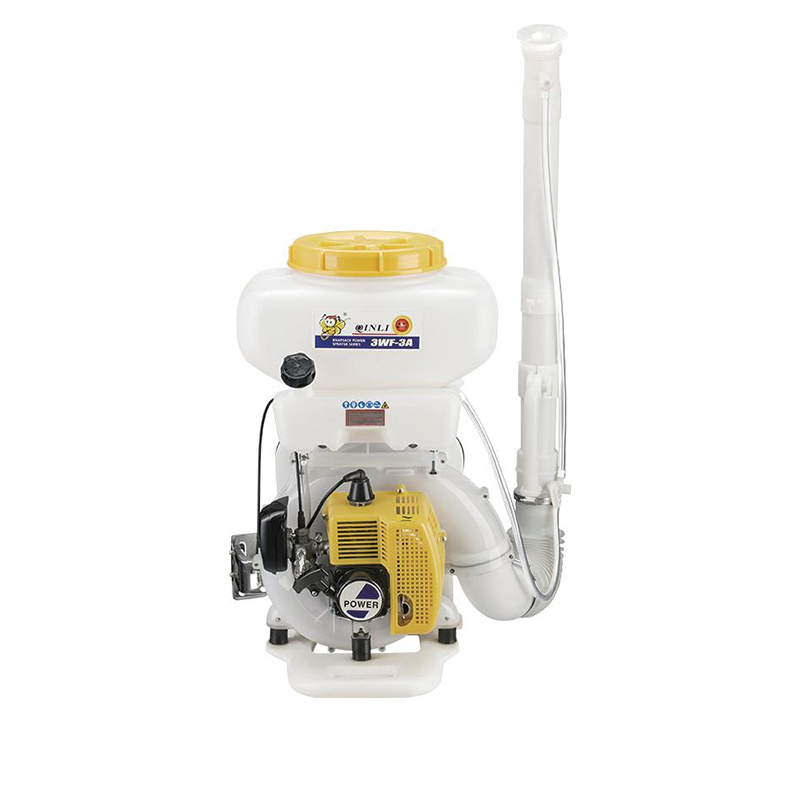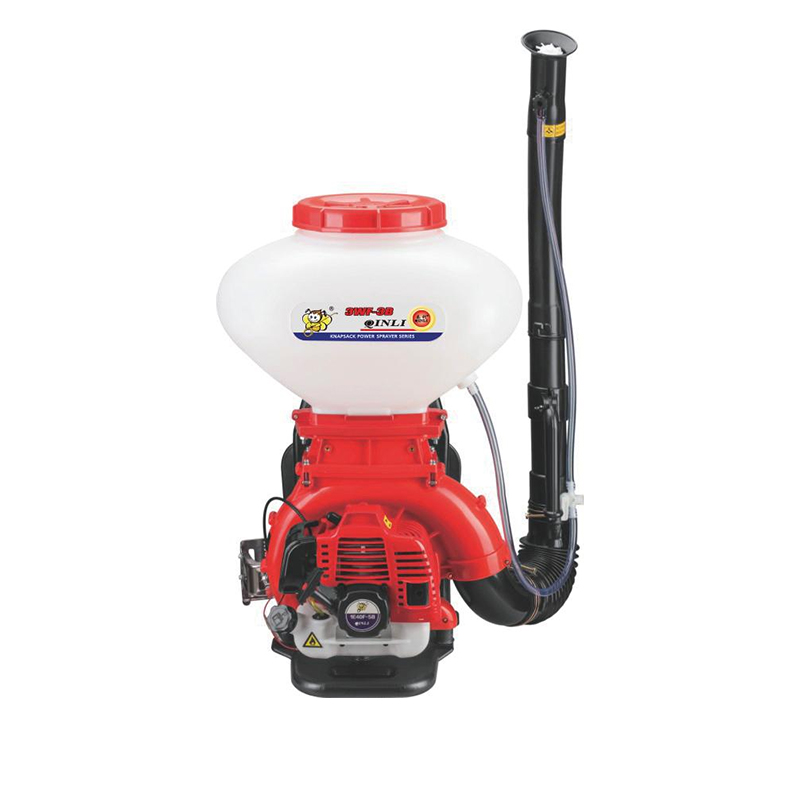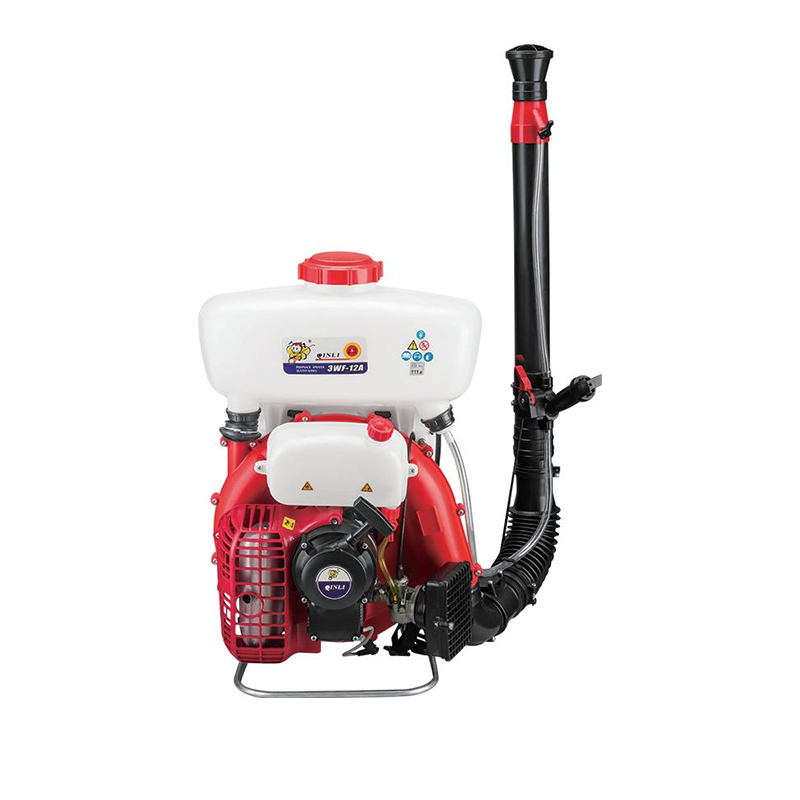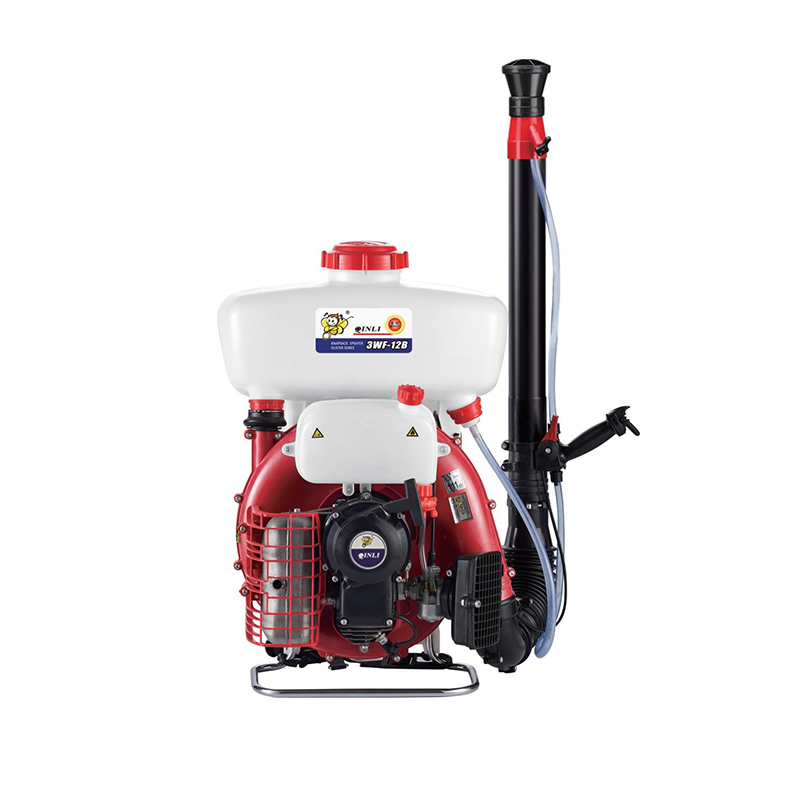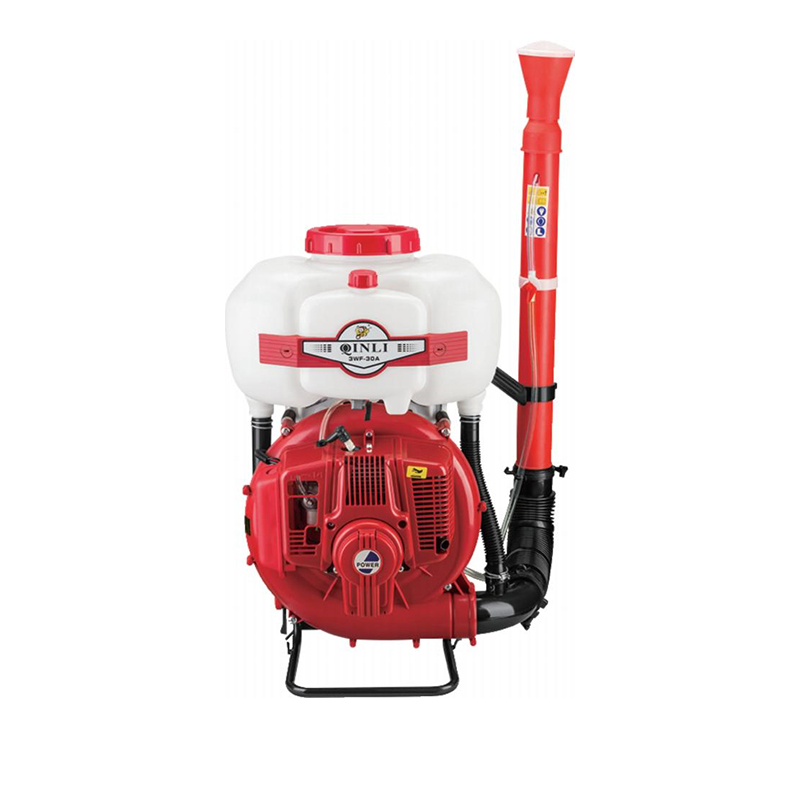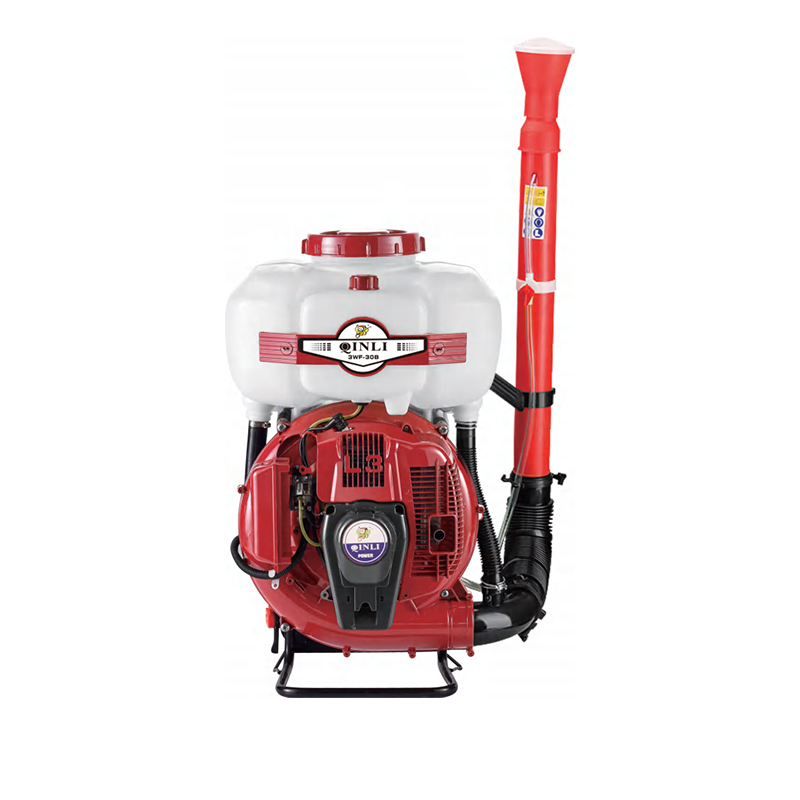Product Search
Farm Tillage and Planting Equipment Enhancing Agricultural Efficiency
Farm tillage and planting equipment play a critical role in modern agriculture by improving soil preparation, enhancing crop establishment, and increasing overall productivity. These machines have evolved from simple hand tools to advanced mechanized systems, allowing farmers to manage larger areas more efficiently while reducing labor intensity. With the ongoing demand for higher agricultural output and sustainable farming practices, the adoption of advanced tillage and planting equipment has become increasingly important worldwide.
Tillage equipment is primarily designed to prepare the soil for planting by loosening, turning, and aerating it. Common types include plows, harrows, cultivators, and rotary tillers. Plows are used to turn over the soil, burying crop residues and weeds, and improving soil structure. Harrows and cultivators break up clods, level the soil surface, and enhance seedbed conditions. Modern tillage machines often integrate adjustable settings, allowing farmers to control working depth, spacing, and soil turnover to suit different soil types and crop requirements. These advancements not only optimize soil conditions but also reduce fuel consumption and operational time.
Planting equipment, also known as seeders or planters, ensures precise seed placement at the correct depth and spacing, which is essential for uniform crop growth. Seed drills, pneumatic planters, and precision planters are commonly used in commercial farming. Seed drills deposit seeds in rows, providing uniform coverage and small seed waste. Pneumatic and precision planters use air pressure or mechanical systems to deliver seeds accurately, improving germination rates and crop yields. Some modern planters are equipped with variable rate technology, enabling farmers to adjust seeding rates based on soil fertility, moisture levels, and crop type.
The integration of digital technology has further enhanced the efficiency of tillage and planting equipment. GPS-guided tractors and automated seeders enable precision farming, reducing overlap, improving resource utilization, and small environmental impact. Real-time data collection and monitoring allow farmers to assess field conditions, track machinery performance, and make informed decisions on planting schedules and soil management practices. Smart equipment helps optimize inputs such as seeds, fertilizers, and water, contributing to higher productivity and sustainability.
Sustainability is a growing focus in the design and use of farm equipment. Reduced-tillage and no-till systems have gained popularity as they small soil disturbance, preserve organic matter, and prevent erosion. Many modern machines are designed for multi-functionality, allowing farmers to combine tillage, fertilization, and planting in a single pass. This approach saves time, reduces fuel usage, and lowers greenhouse gas emissions, supporting environmentally friendly agricultural practices.
The market for farm tillage and planting equipment continues to expand as global demand for food production rises. Small-scale and large-scale farmers alike are investing in machinery to improve efficiency and meet production targets. Additionally, government policies supporting mechanization, subsidies for modern equipment, and training programs for farmers further encourage adoption.
In summary, farm tillage and planting equipment are essential for modern agriculture, providing the tools needed for effective soil preparation and precise crop establishment. Technological advancements, precision farming integration, and sustainable design are driving improvements in efficiency, productivity, and environmental stewardship. As agriculture continues to modernize, these machines will play an increasingly important role in meeting global food production needs while promoting responsible land management.
Recommended Products
- CONTACT DETAILS
-
- +86-13857697898
- +86-576-88121879
- export@qinlisprayer.com
- 18 Yanhai, sanjia Street, Jiao Jiang Dis, Taizhou city, Zhejiang, China
 Download Sample
Download Sample
- PRODUCT CENTER
- SEND A MESSAGE



 English
English  中文简体
中文简体  Español
Español  عربى
عربى 